Villa Pechina (Villa of the Scallop Shell)Manuel Palomares Félix (1924–2003)
Non Extant
Tavernes de la Valldigna, Valencian Community, 46760, Spain
About the Artist/Site
The third or fourth of eight children born to a farm family of very modest means, Palomares wanted to make a better life than the one he could picture for himself in his native village of Tavernes de la Valldigna. His studies were cut short by the Civil War, which began when he was eight years old, and as soon as he was able, he, along with several of his brothers, immigrated to France with the hopes of finding employment. He worked there from 1950 - 1960, in 1960 moving back to Tavernes to work in construction. This was a different path than that chosen by most of his brothers, who remained farmers, working a large tract of land that had belonged to their parents. In 1961, already thirty-seven years old, Palomares married a woman twelve years his junior. It is possible that even at the time of the marriage she was suffering from schizophrenia, an affliction that became steadily worse over time, although it was not diagnosed until much later. They had three children.
In 1974, Palomares had an accident with his motor scooter that left him without the full use of one leg; the government classified him as an invalid and paid him a disability pension, thereby giving him the financial ability to build the elaborate art environment that he would eventually construct. He chose as his site the land inherited from his parents, which had by then been significantly reduced to less than two-thirds of an acre due to the construction of the AP-7 toll road, which bordered and had appropriated their property. At first, his idea had only been to construct a little house in which to keep his tools for cultivating the small plot of land that remained, but then he decided to decorate it as well. He had never shown any interest in the arts before—and certainly, given his limited education, he would have not learned about art in school—nor had he ever spoken about building any elaborate or fantasy constructions. But his daughter Margarita recalls that after the accident he started making sketches and he immediately went to work to realize his visions.
Palomares gathered shells from the beaches of Tavernes de la Valldigna, bringing them back in bags to his building site at the edge of the orange groves, with the intent of using them as a surface treatment once construction of the house was complete. He undertook his work not only with diligence and meticulous craftsmanship, but also with a sense of humor and whimsy that played out in an architectural vision not generally found in this part of Spain. Most of the bearing walls and roof of Villa Pechina were constructed with precast reinforced concrete brick over an infrastructure of steel beams or rods, although there are extensions in which openwork terra cotta bricks, covered in mortar, were also used. To create columns of both functional and aesthetic use, Palomares made use of plastic tubing that he filled with concrete and covered with a surface coating of mortar; these columns were ultimately sheathed in shells as well. Several exterior walls are perforated with rows of circular apertures that provide a screening effect reminiscent of certain window treatments of the medieval Muslim Spain of Al-Andalus.
In addition to the structural and architectural components of the Villa that were covered in shells, so, too, were freestanding garden features such as lamps, ceramic flowerpots, benches, tables, and even drinking jugs. This was taken to the extreme in the rooftop terraces that ran the length of the house, each section appearing as a discrete zone with a different function and distinct sensibility. Most of this work is no longer extant, but at its prime it countered the orderly geometric arrangement of the lower level with a more exuberant, organic, and sometimes surreal amalgamation of shapes and objects.
Villa Pechina gradually became a complex site and was at the height of its splendor in 1990, its fanciful sculptures and functional components alike sheathed in what the artist estimated to be ten million small clam shells. But around this time Palomares became ill and he was soon no longer able to add new work or even to really care for the existing site. Then, on September 11, 1996, torrential rains combined with high winds to cause a devastating flash flood throughout the Tavernes plain that resulted in widespread and catastrophic human and economic damage. It inundated the lower part of the village as well as the orange groves and all main arteries, including the AP-7 toll road and the rail system. Villa Pechina was practically wiped out.
Yet, even in its current state of ruin, one finds traces of the confident and skillful hand of Manuel Palomares Félix. With the exception of his adoring children, he never received any positive reinforcement for his work during his lifetime, yet he persisted in his labors for almost twenty years, carefully and creatively joining the gifts of the sea with a building anchored to the land, creating his own whimsical and compelling vision on the edge of the fields of oranges.
~Jo Farb Hernández, 2014
Contributors
Map & Site Information
Tavernes de la Valldigna, Valencian Community, 46760
es
Latitude/Longitude: 39.0812204 / -0.2526163
Nearby Environments


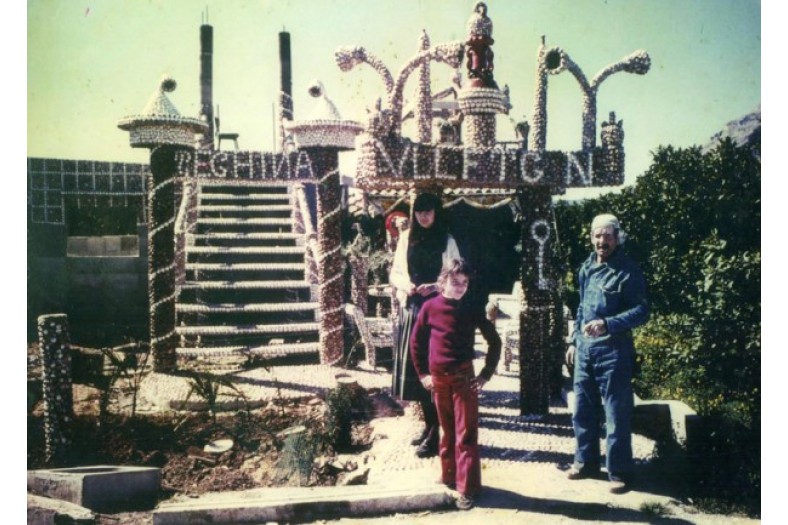
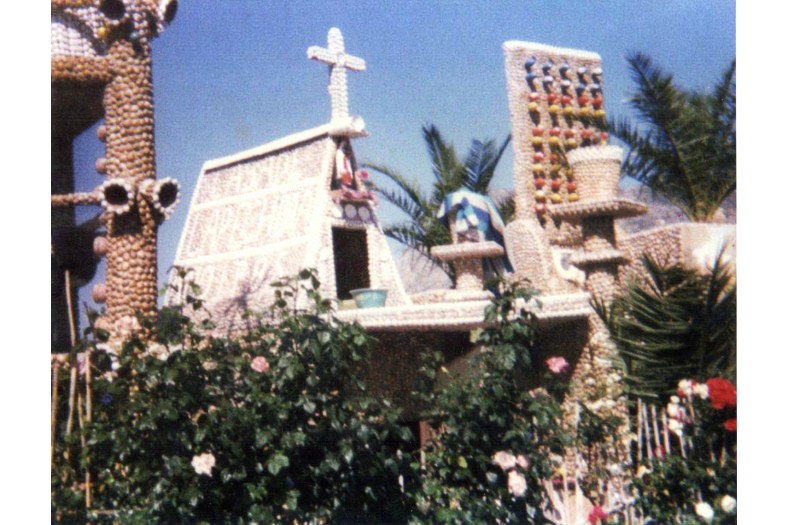
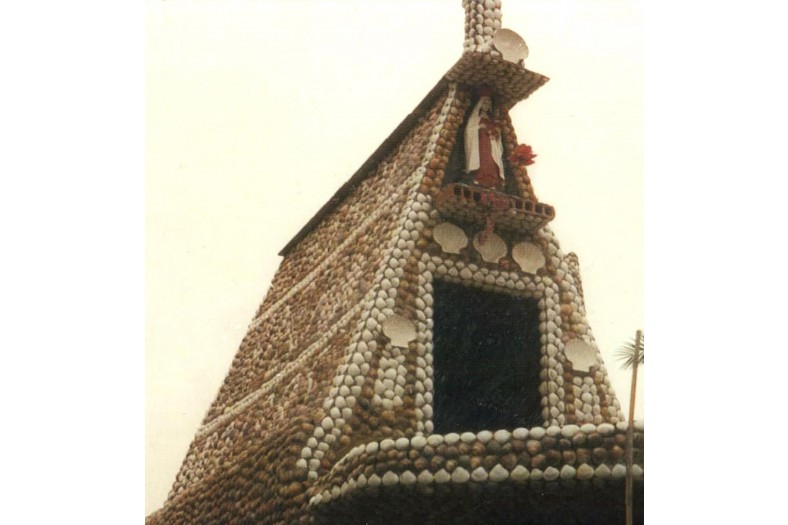
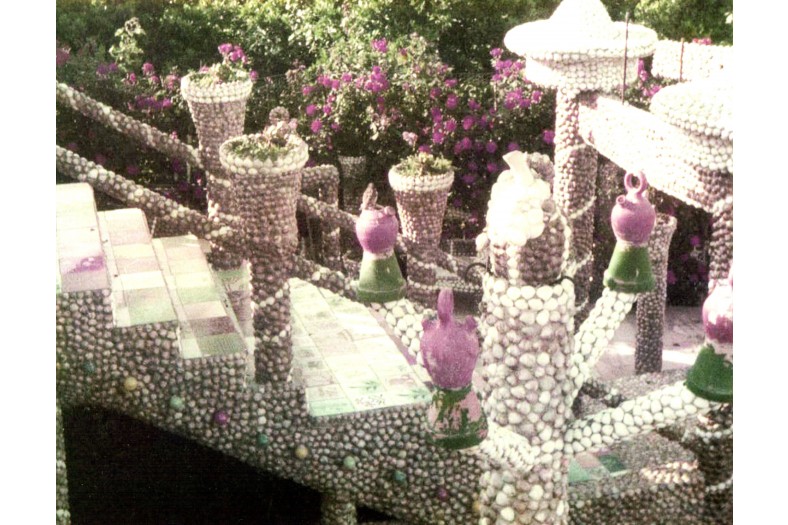
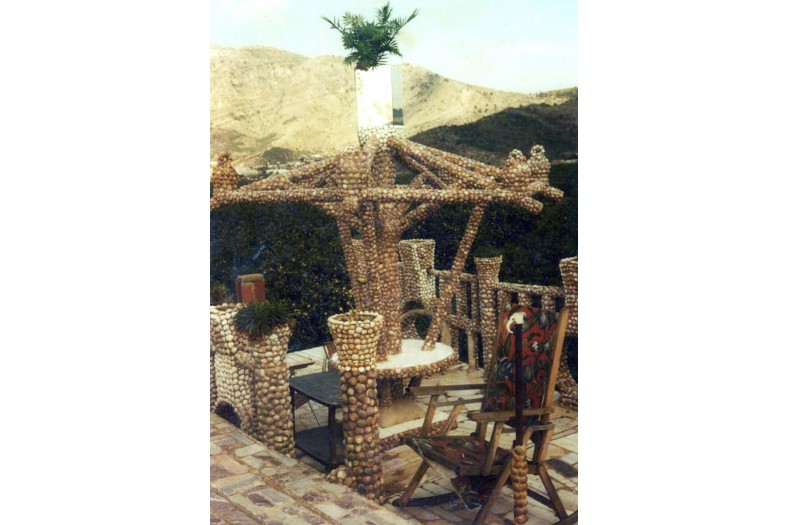
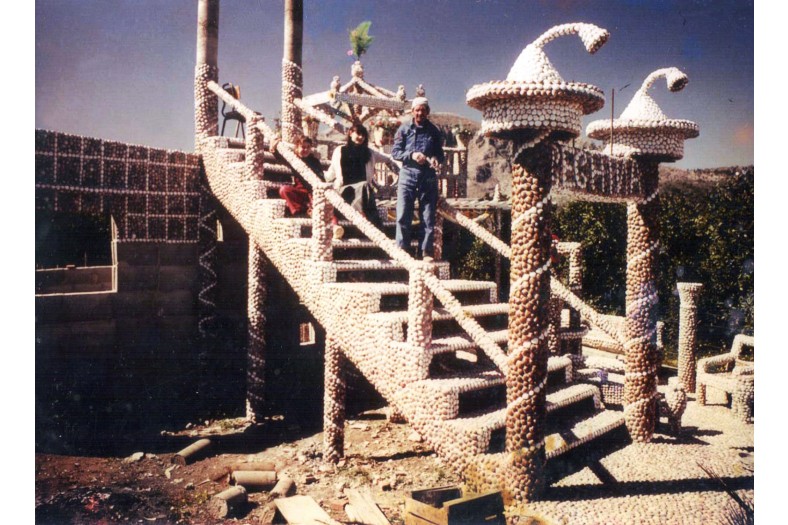
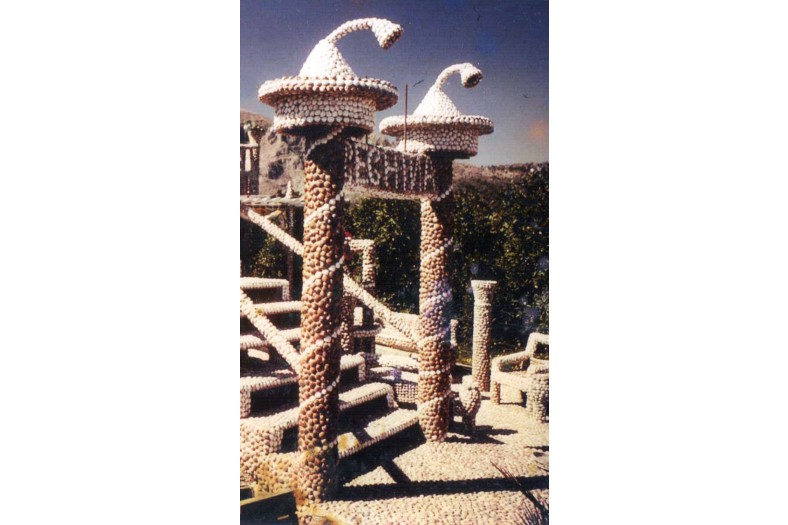
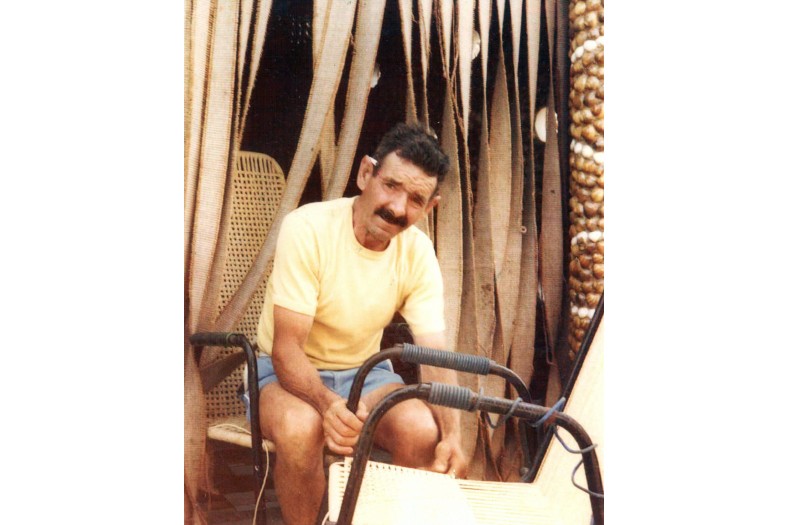
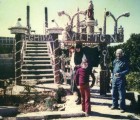
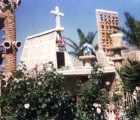
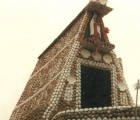
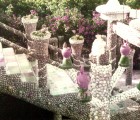
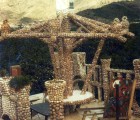
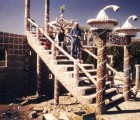
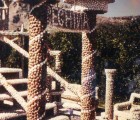
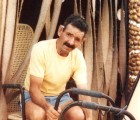

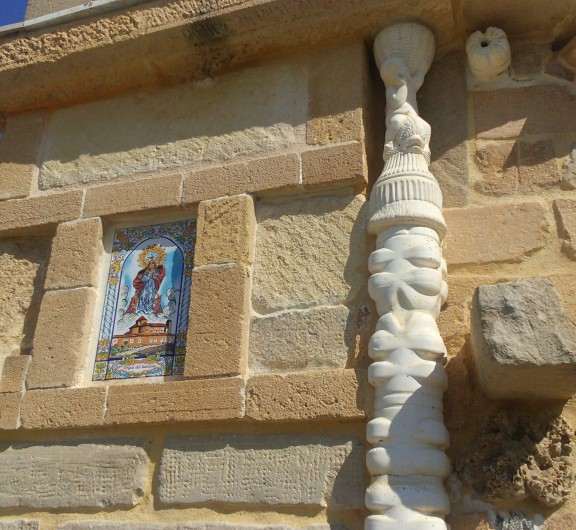
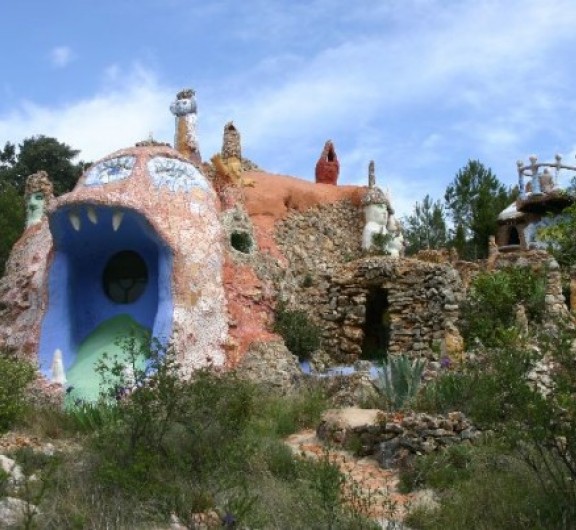
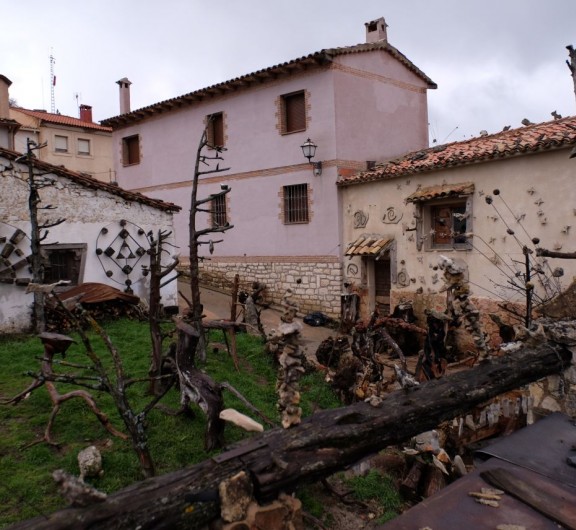
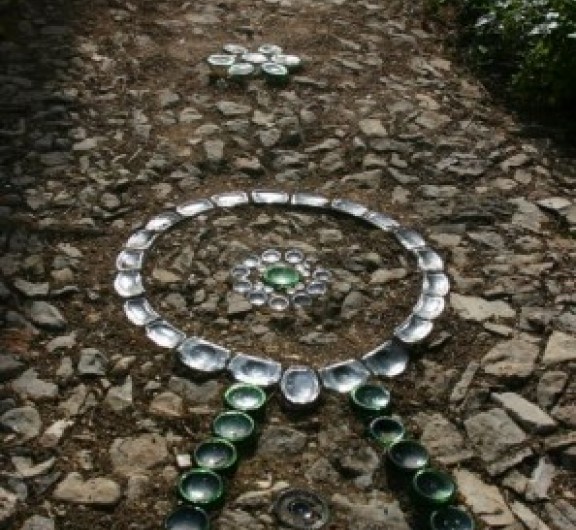

Post your comment
Comments
No one has commented on this page yet.